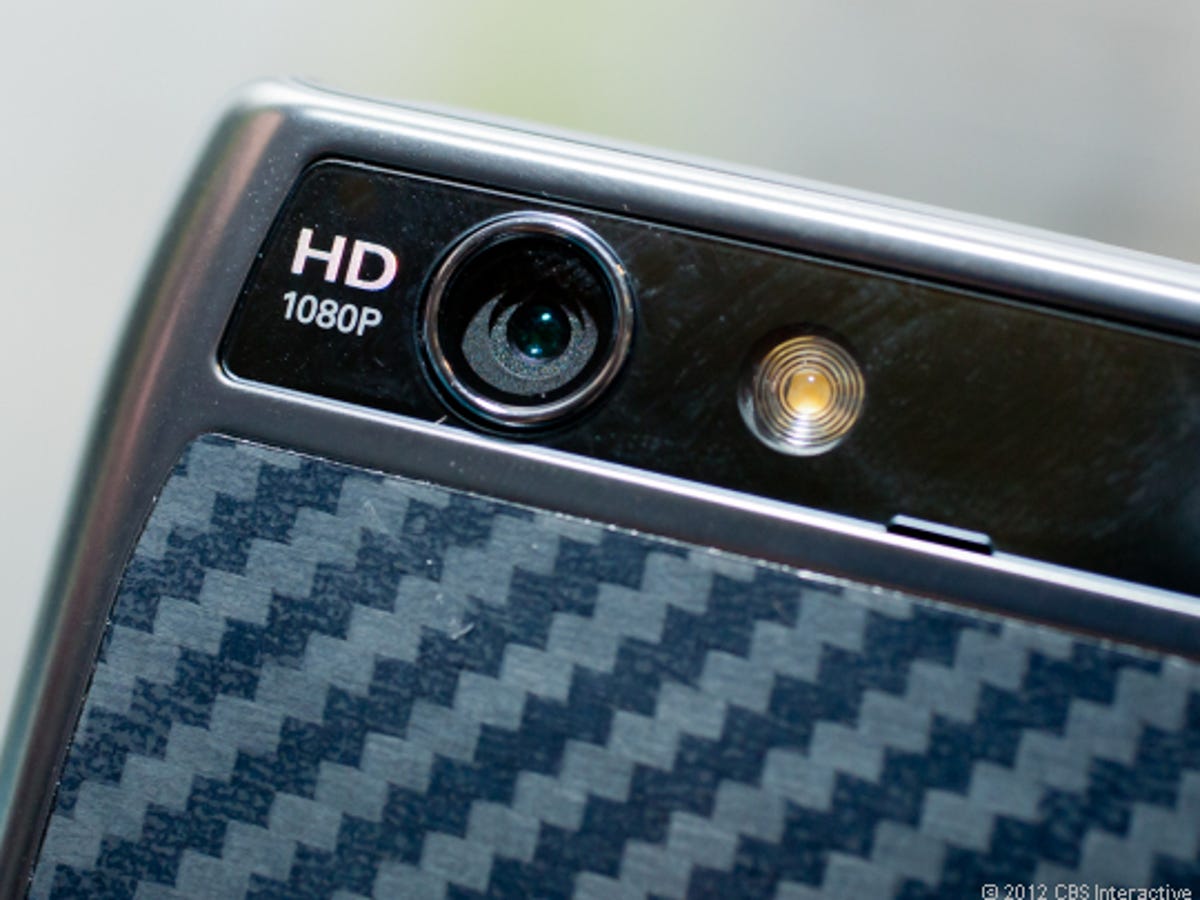
Motorola Droid Razr Maxx (Verizon)
Since we first laid eyes on it at CES 2012, the Motorola Droid Razr Maxx blew us away with its incredibly battery life and enormous 3,300mAh battery. The phone's 19 hours of continuous video playback are still untouched by any other competitor.
Motorola's Droid Razr Maxx HD updates the original, carrying on the Maxx's excellence in battery life.
Nokia Lumia 900, 920 (AT&T)
Nokia's Lumia 900 came on strong at CES, with a bold, unmistakable design that really showcased Windows Phone 7.5. Its weak camera and limited OS didn't help drive sales, but the hardware made an unignorable statement.
Equally arresting, this fall's even larger Nokia Lumia 920 update brings a high-definition screen, a dual-core processor, and a more competitive Windows Phone 8 OS. With wireless charging and low-light camera performance thrown in, Nokia's phones still manage to take top Windows Phone billing for under $100.
HTC One X (AT&T)
The HTC One X sure was something special when HTC first launched it at Mobile World Congress in late February. It was large and beautiful, featuring Android 4.0, zero camera shutter lag, and burst mode built right into the shutter. The international version also contained one of the world's first quad-core processors, Nvidia's Tegra 3 chipset.
By the time the One X reached U.S. stores the following May, its LTE and speedy dual-core processor helped win it an Editors' Choice Award. HTC's Evo 4G LTE variant for Sprint also brought back the popular kickstand. This fall's HTC One X+ retains the good stuff and adds that Tegra 3 quad-core processor and 64GB of internal storage, though battery life is short.
Samsung Galaxy S3 (multiple carriers)
What makes the Samsung Galaxy S3 so good? Simple: it's launched with an accessible, attractive design; Android 4.0; a consistent, high-performing camera; and a few innovative extras. It's also widely available on almost every carrier.
Apple iPhone 5 (multiple carriers)
When it comes to premium build and cultish fervor, nothing can beat Apple's iPhone. Apple's newly proprietary mapping software may have been the worst thing about this autumn's Apple iPhone 5, but in all other categories, the phone hit high marks. It's fast, it now finally comes with LTE, and its camera remains a gold standard for reliable shots without tweaking any settings.
LG Optimus G (Sprint, AT&T)
LG's Optimus G for Sprint and AT&T are two of the phone maker's best efforts in a long time. LG got gutsy with the U.S.' first quad-core processor in a smartphone. The Android handset also packs in a large HD screen and two camera variations: 8-megapixel for AT&T and 13-megapixel for Sprint.
Samsung Galaxy Note 2 (multiple carriers)
Feed the Galaxy S3 some growth hormones, and add a stylus and a suite of new software, and you have the Samsung Galaxy Note 2. The quad-core "phablet" is now bigger and better than the original, and had more software features than the GS3 when it first arrived on the scene. Not everyone will love the size, and there are flaws, but it offers to physically immerse you in the creative experience in a way that no other smartphone does.
HTC Droid DNA (Verizon)
Simply "the most awesome Droid ever," HTC's gorgeous Droid DNA brings the dream of the 1080p HD screen to life. It's a large 5-inch screen at that, which pairs nicely with the DNA's quad-core processor and impressive camera.
Pantech Burst (AT&T)
I can't resist including the underappreciated Pantech Burst in this bunch. First introduced at CES, it included 4G LTE, a dual-core processor, and a great 5-megapixel camera. The phone also had some neat design variations and a front-facing camera, neither of which you would expect on a $50 smartphone. When it comes to overall Android value, nothing could contain the Burst.

